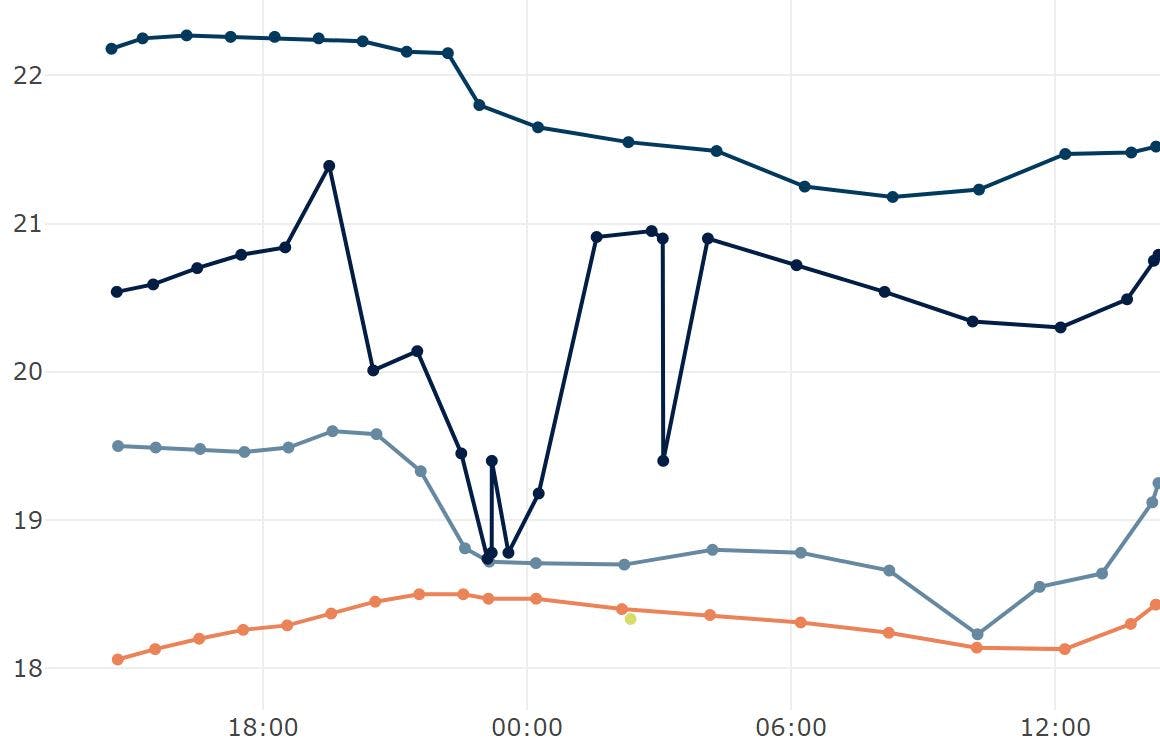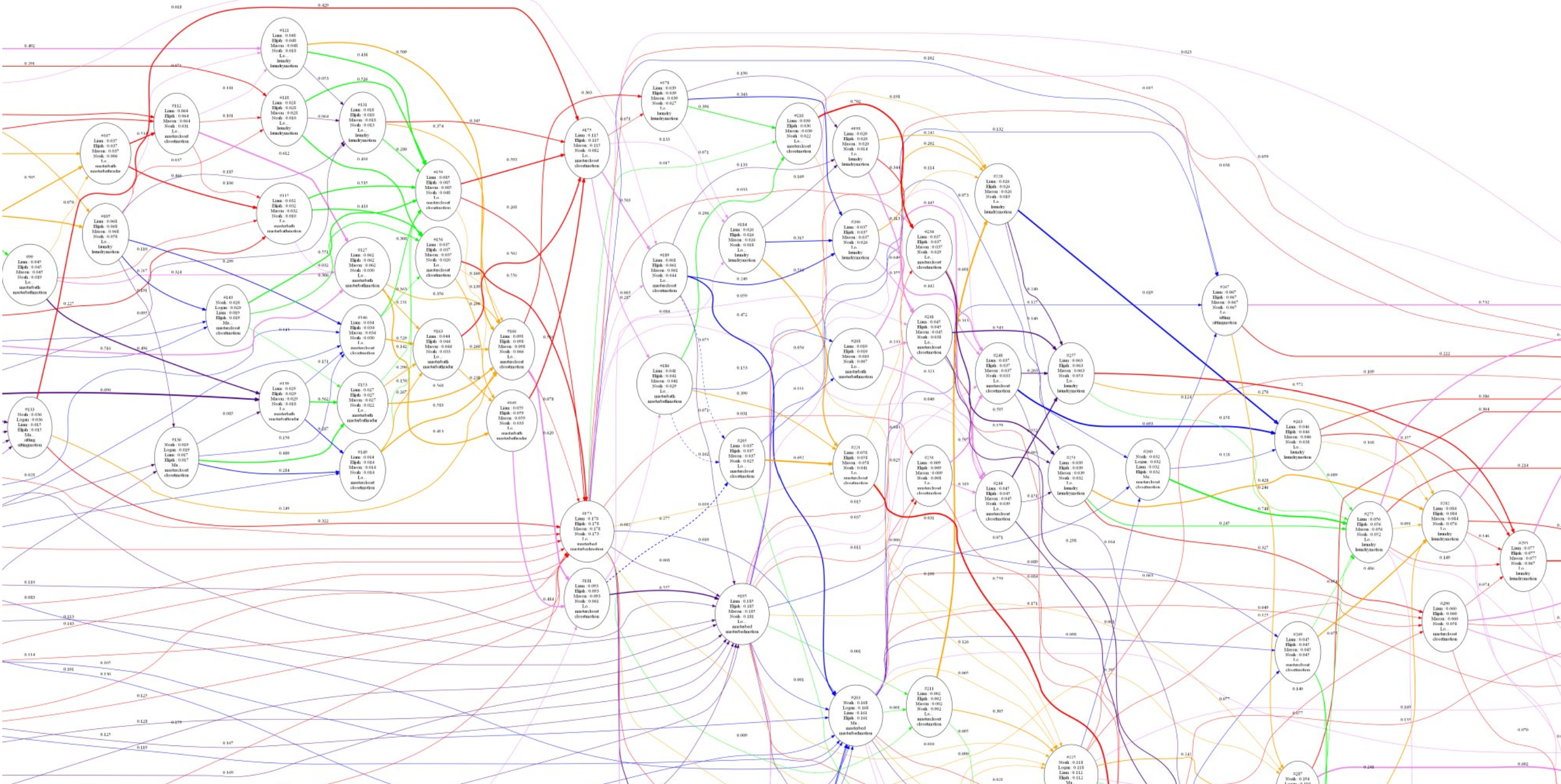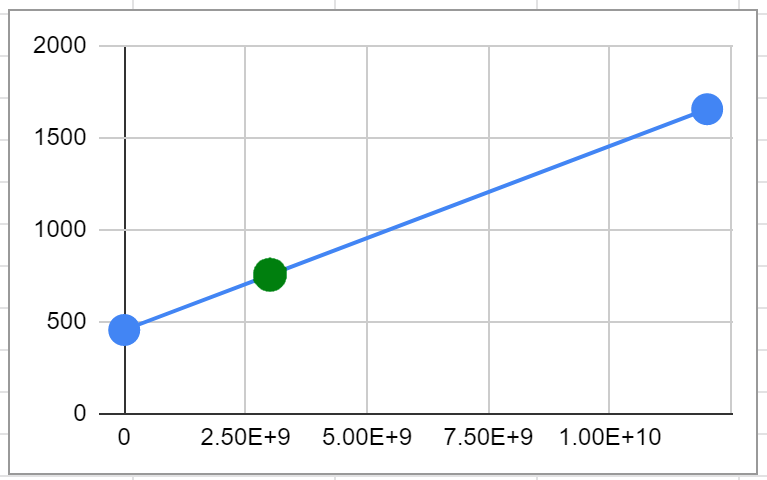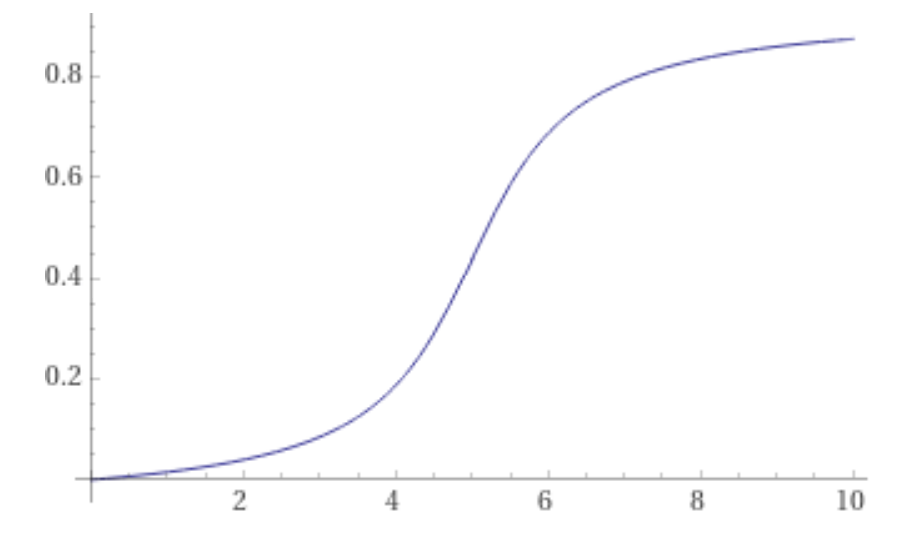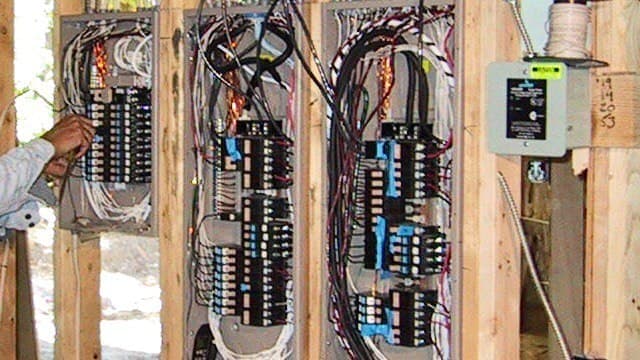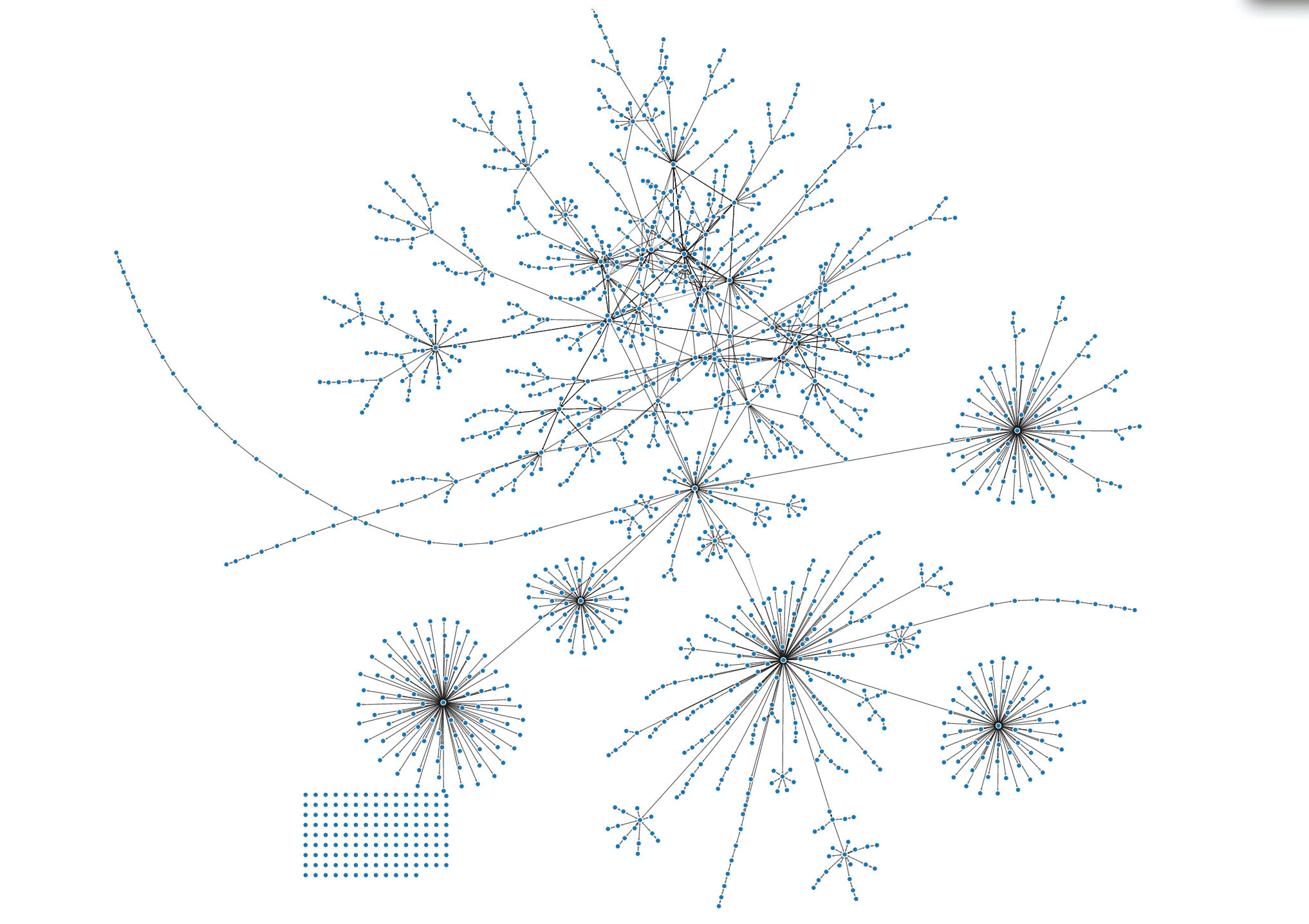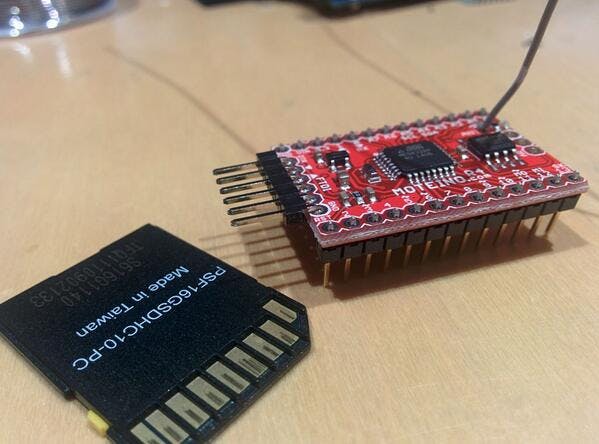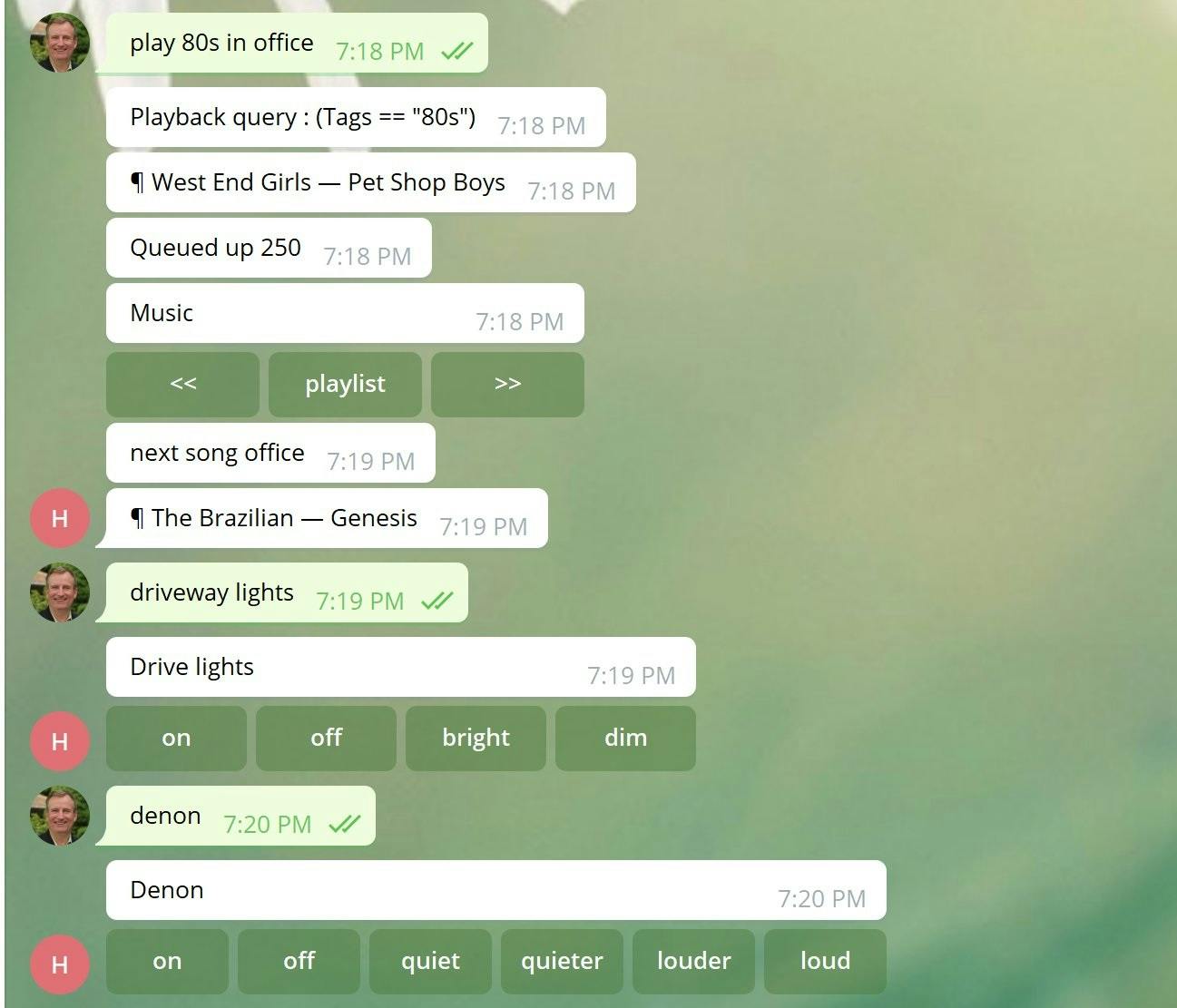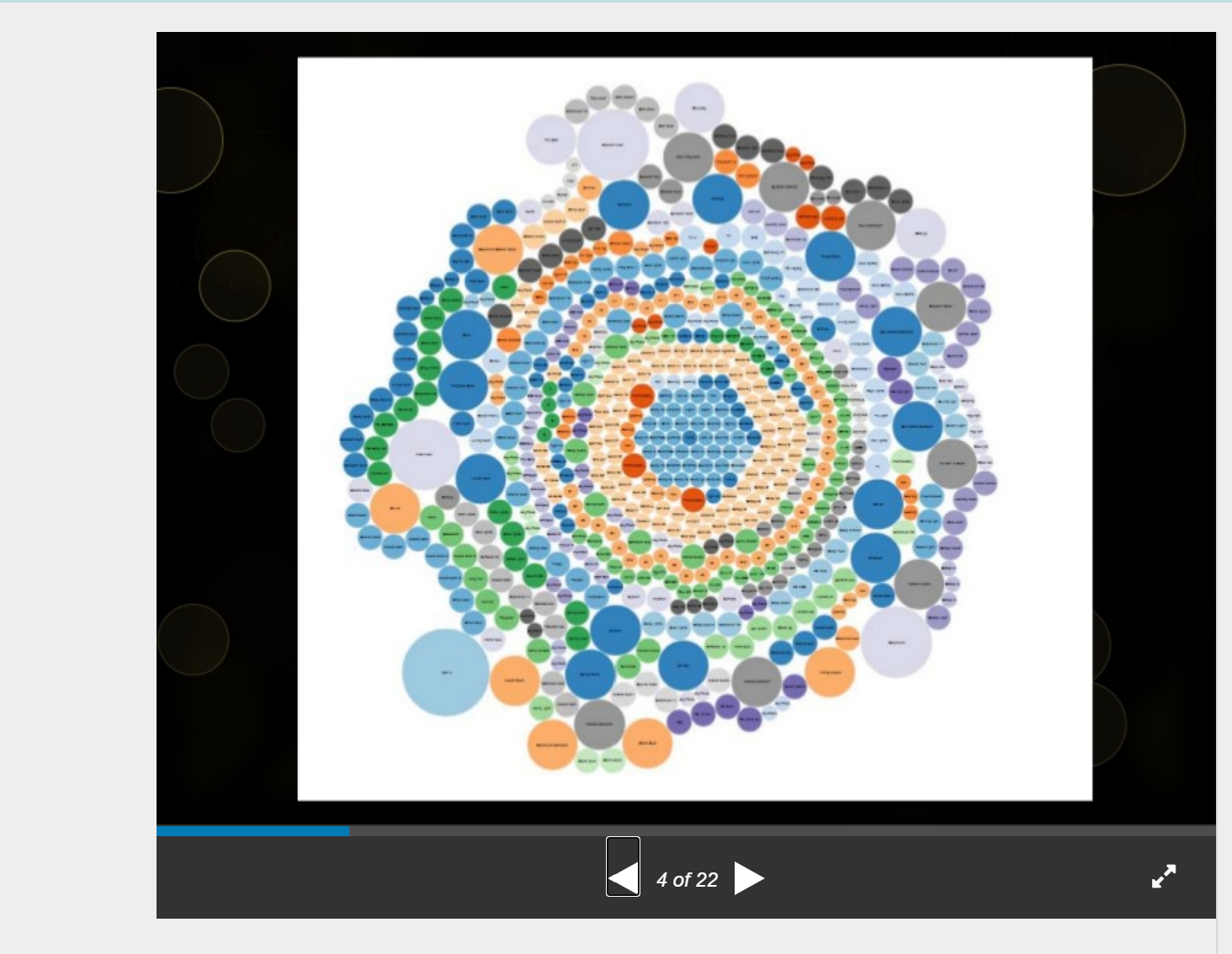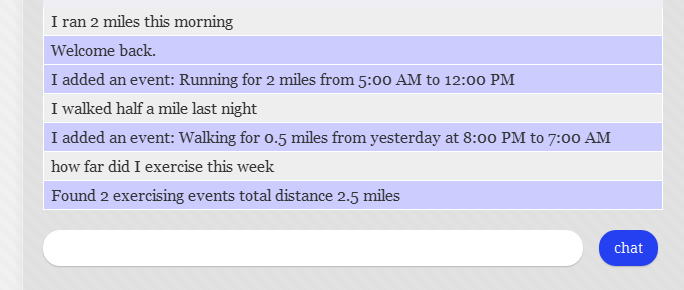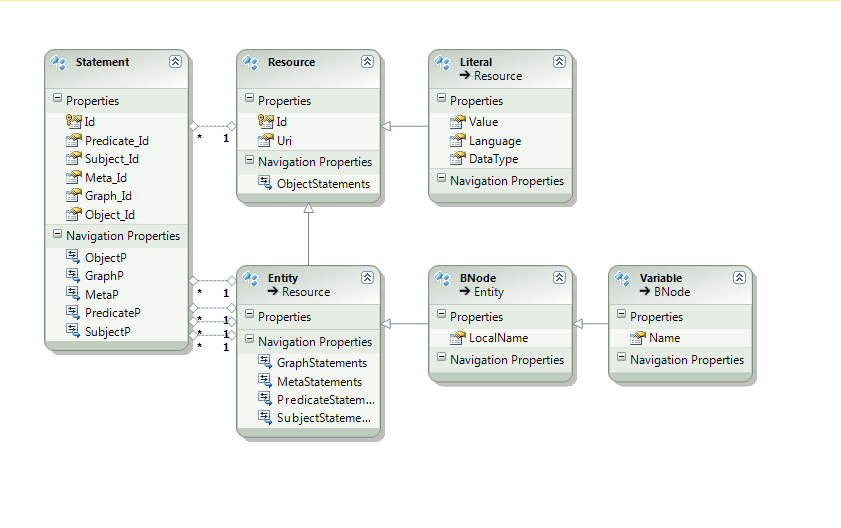A Semantic Web / Ontology Driven Approach to CRM
Recently I've been spending some time working with Microsoft Dynamics CRM 2011. It's certainly a powerful system with lots of flexibility for customization, but the more time I spend with it staring at endless database tables joined together in myriad ways, and the more time I spend discussing the meaning of different Entities and how they will be used within an organizational content ... the more convinced I become that there has to be a better way!
The Semantic Web could well provide a better approach than this. For starters the complex data model would be gone - we'd use a triple store and have simple triples for all the data in the CRM. Normally the joins entailed by such an approach would make it prohibitively slow, but having seen all the tables and joins involved in MS-CRM I'm less concerned about that issue! There are also increasingly good triple-stores that can provide very efficient querying capabilities. A completely open schema would allow users to add data that traditionally gets lumped into the Notes field in a CRM. For example "John likes baseball".
A semantic approach would allow the organization to create an ontology to describe what they mean by 'customer' as opposed to what the CRM vendor meant by 'customer'. Better yet they would be able to annotate their ontology with those descriptions and additional rules (e.g. constraints expressed in OWL) using the same approach.
A semantic approach would allow the organization to organize entities by much more than a simple object hierarchy. In MS-CRM for example when working with early-bound entities there is no relationship between a Customer and a Lead other than the fact that they are both Entities. Ideally you want to know that each is also a Person and as such will have a First Name and a Last Name etc. In the Semantic Web you aren't limited to a single-hierarchy like you are in object-oriented languages, instead, you can create multiple 'is a' relationships. So, if you want to define that, say, baseball is a sport and soccer is a sport you can add that fact to your Ontology. With that fact in there you can now deduce the fact that "John likes sport" using a semantic reasoner.
A semantic approach would allow for much more powerful querying capabilities. For example, a query like "find all customers who like sports but haven't been to an event in the last six months and send them an invite to the game on Saturday" could be mostly translated into a SPARQL query.
There's the odd academic reference to using Ontologies with CRM, e.g. this one but no commercial products that I know of that have taken this approach.
Are there any? and what do you think of the idea? Comments as always greatly appreciated.

